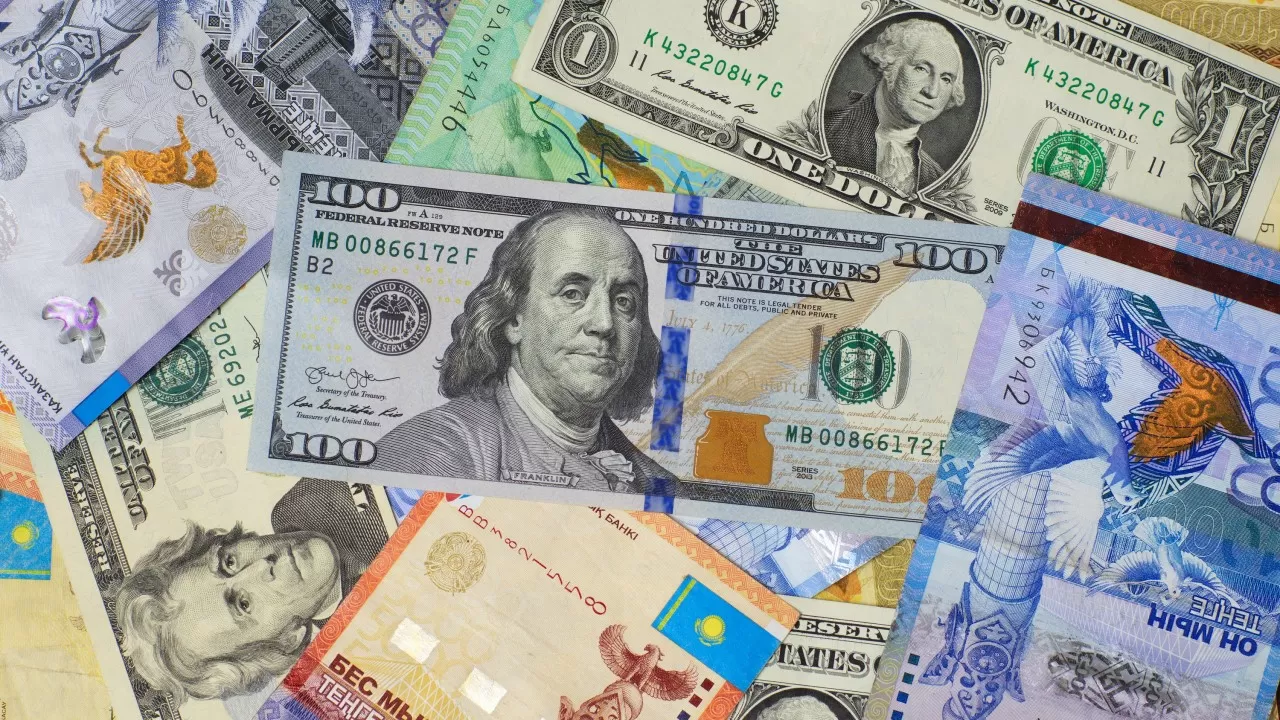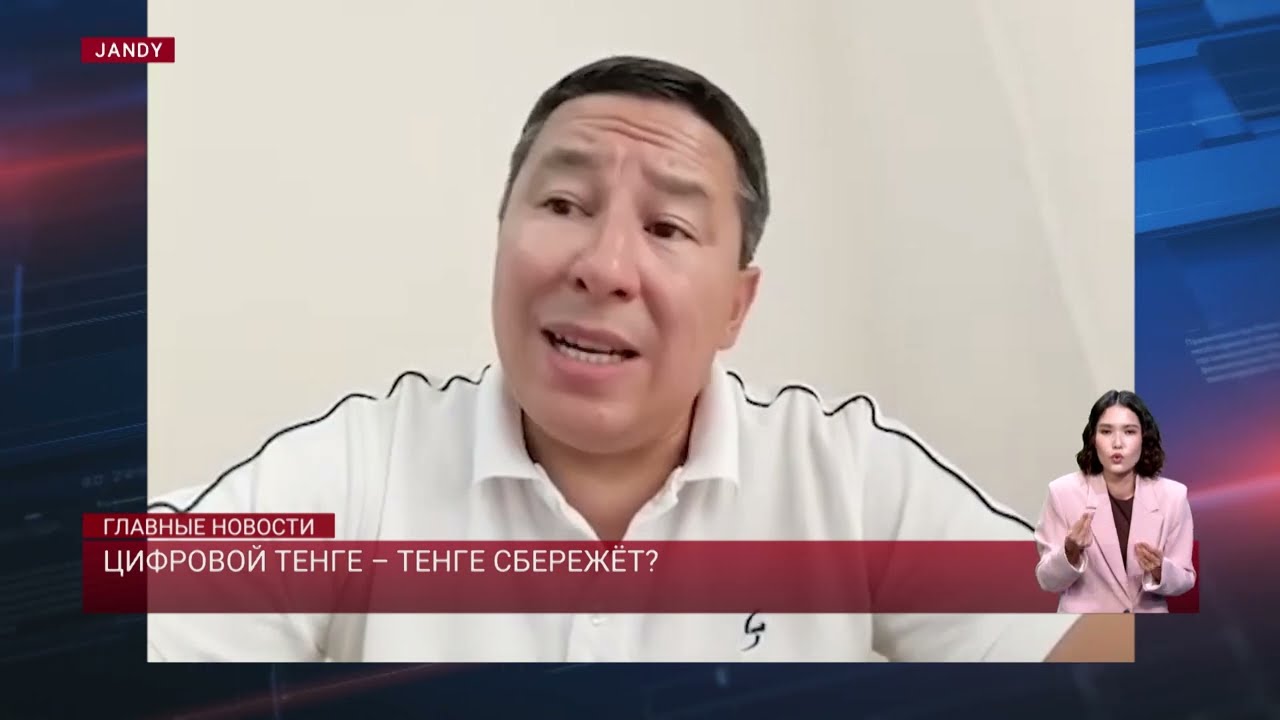The main reason is the imposition of sanctions against Gazprombank and the weakening of the Russian ruble. Kazakhstan is highly dependent on the ruble exchange rate, as Russia is our major trading partner. The total trade turnover is $26 billion, while imports exceed $16 billion and include many critically important goods.
Therefore, parity with the Russian ruble is important for Kazakhstan, which historically amounted to 5 tenge per ruble. This parity makes it possible to balance the interests of Kazakhstani producers and consumers. In 2014, the ruble exchange rate dropped to 3 tenge, and this led to massive shopping tours to Russia. In 2022, there was a period when the ruble strengthened to 9 tenge and, accordingly, imports from Russia doubled in price. This was a serious inflationary factor.
Nevertheless, Russia quickly found a way to circumvent the US gas sanctions. After that, the ruble strengthened and returned to the value of 100 rubles per dollar. The Kazakhstani tenge remained above 500. Since the beginning of 2024, the tenge has weakened by almost 20% (from 440 to 525 tenge per dollar), while the ruble has lost only 10% of its value (from 90 to 100 rubles per dollar).
So why is the tenge weakening?
In the long term, the tenge exchange rate depends on fundamental factors. Or, as the chairman of the National Bank says, "the tenge exchange rate is a reflection of the economy of Kazakhstan." It is affected by oil prices, the trade balance, capital outflows and inflows.
But at the moment, the tenge exchange rate is influenced by speculative sentiment. Since the foreign exchange market is small (about 200 million dollars per day), it is quite easy to "swing" the exchange rate. And against the background of any panic, the exchange rate can strongly "jump" as opposed to fundamental factors.
Therefore, the main disadvantage of a free–floating exchange rate is high volatility. It increases uncertainty in the market, increases devaluation expectations and reduces confidence in the tenge. In 2018, before the National Bank stopped conducting surveys on devaluation expectations, more than half of the population of Kazakhstan expected devaluation.
Since we are heavily dependent on imports, any weakening of the exchange rate leads to higher prices. This is superimposed by the ratchet effect, when prices are fixed with a margin when the exchange rate weakens, but do not decrease when it strengthens. This is the main argument in favor of a more manageable course.
According to the IMF classification, a free-floating exchange rate is recognized as a regime with interventions less than three times every six months (less than three working days each). This condition is not observed in Kazakhstan. The National Bank conducted interventions in July, August, September, October, and November 2024. In November alone, interventions exceeded $1 billion. And this is not taking into account the operations with the National Fund and the UAPF.
Until 2015, Kazakhstan had a currency corridor regime. The main argument of the opponents of a fixed exchange rate is the burning of reserves. There is a myth that then, in 2014-2015, 30 billion dollars of reserves were allegedly "burned" to maintain the tenge exchange rate. According to the official statistics of the National Bank for 2014-2015, before the transition to a free-floating exchange rate, gold and foreign exchange reserves increased by $ 4.5 billion.
Now, with a freely floating exchange rate, the National Bank continues to conduct currency interventions "to prevent excessive changes in the tenge exchange rate." At the same time, there are no clear criteria for what is meant by "excessive course changes."
The National Bank uses currency interventions, the sale of currency from the National Fund, operations with assets of the UAPF, and the mandatory sale of 50% of foreign exchange earnings. With such an intervention, the course cannot be called free-floating. Even the IMF in its reports does not recognize the tenge exchange rate as freely floating.
The Kazakh economy, in which 80% of exports are commodities, is not yet ready for a free-floating exchange rate. The freely floating exchange rate automatically transfers any instability in commodity prices and the ruble-tenge exchange rate.
There are two extremes in the variety of currency regimes - on the one hand, a fixed exchange rate, on the other hand, a freely floating exchange rate. But many countries apply transitional currency regimes. For example, a sliding fixation, a sliding peg to a basket of currencies, an expandable currency corridor, and so on.
The National Bank has enough resources and tools to manage the exchange rate without significant damage to gold reserves, which amount to $ 44 billion. Basically, doing the same thing as now, but consistently and predictably.
Exchange rate management will help to smooth out volatility, bring down devaluation expectations and reduce the effect of the exchange rate depreciation on prices.
Author: Аскар Кысыков
Source: https://inbusiness.kz/ru/author_news/pochemu-slabeet-kurs-tenge-i-chto-s-etim-delat



